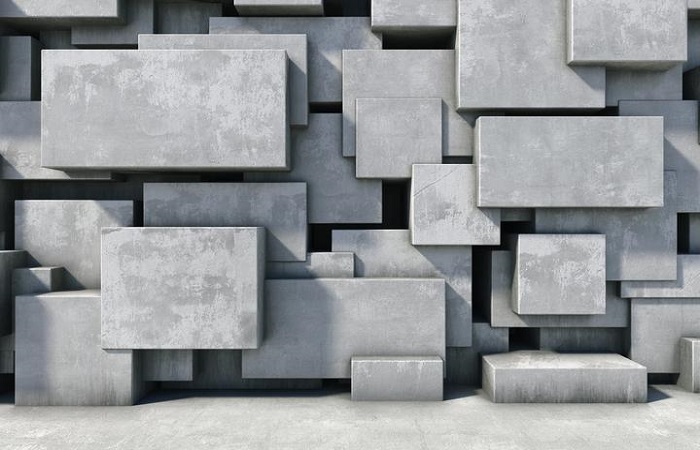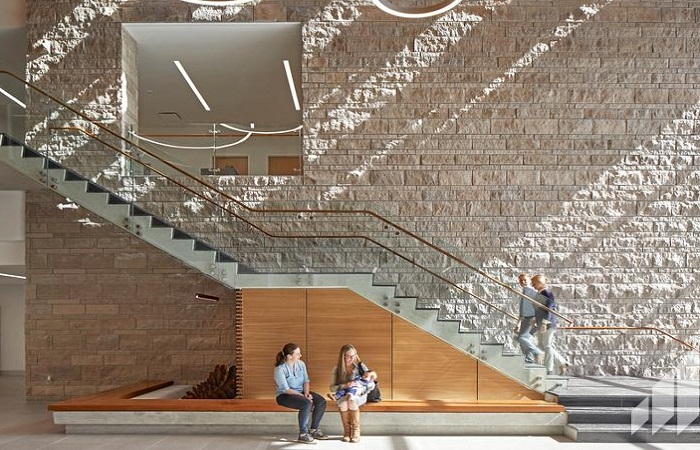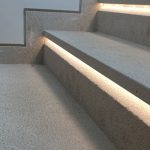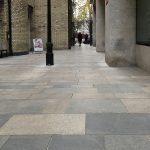Dimension Stone Rapid Growth

Dimension Stone Rapid Growth
Known Dimension industry rapid growth is going to be discussed here. Dimension stone is one of the most sustainable materials used in construction, cladding, paving and other applications.
Stone Dimension Rapid Growth
Over the last 20 years, the global production of dimension stone has grown rapidly. This growth is obvious especially for building projects where architects are making increasing use of the wide variety of colors, textures and finishes that natural stone can offer. And, while the use of stone is growing, our ability to cut and process hard rock more efficiently has led to a vast increase in the types and colors of material being supplied to the market.
Monumental Masonry
In addition to its use in construction, dimension stone is also needed for monumental masonry. It is used as the raw material for sculpture, monuments and tombstones. Today, seven countries namely China, India, Turkey, Iran, Italy, Brazil and Spain account for around two thirds of the world’s output of dimension stone. In general, there is a trend towards using stone whenever this is economically possible, in effect marking a return to traditional practices.
Expansion of Dimension Stone Market
As a consequence of this rising demand, there is definitely an opportunity to develop and expand the dimension stone industry (DSI) worldwide. While the prospects are looking favorable, development of the DSI will often depend on local factors such as location, quality and suitability of stone deposits, and the availability of funding to develop or expand appropriately sized quarries, as well as logistical issues such as the provision of adequate transport infrastructure to link stone producers with customers.

Dimension Stone Uses
Dimension stone is used in building and construction, and in the production of sculpture, monuments and memorials. In essence, the term refers to any stone that is capable of being quarried in large blocks. Subsequently, it can be processed into slabs, blocks, tiles or flagstones. In practice, there is a somewhat grey area between classical dimension stone, which is largely ornamental in use, and sized natural construction materials, where the physical characteristics of rocks are used to produce regularly shaped building stone.
Historical Perspective
From a historical perspective, dimension stone production and use goes back a long time with, for instance, Mesolithic and Neolithic monuments in Europe, the Middle East and elsewhere clearly having been built using shaped stone. Classical Greek and Roman architecture features high levels of skill in dimension stone use.
For example, the Romans discovered and exploited the world’s only known source of purple porphyry rock for use in decorative columns for their Temple of Jupiter. This task involved quarrying the stone in column-sized pieces in the Red Sea Hills of eastern Egypt, then transporting them over land and sea to Rome. Elements of the Great Pyramid were also sourced from great distances before being hewn to precise dimensions. Other examples of high-quality stone masonry can be found on every continent.
Dimension Stone Qualities
The most commonly used commercial stones today include marble, granite, slate and sandstone. All of these types can be found in a vast array of visual and physical properties. The main qualities of dimension stone that determine its popularity and use include its color, patterns and texture, its durability and the consistency of supply. Different markets demand different quality characteristics.
Separating Method
Considering separation method, dimension stone is the name given to natural rock that has been quarried and shaped into certain dimensions. Dimension stone is separated by precise and gentle techniques such as sawing and precise drilling.
Dimension Stone Production
Production of Dimension stone is quarried by cutting, or separating by some other means, large blocks of stone from the natural rock mass. The size of individual block produced depends on a number of factors. The factors include the homogeneity of the rock itself, the ability of the quarry operator to handle the rough stone, and the required end use for the stone once it has been shaped. A typical block size might be in the order of 6 m3 (200 ft3). This would relate to a block weight of 10–18 t, depending on the density. The way an individual quarry is operated can vary enormously.
Thousands Cubic Meters Material
The physical characteristics of the rock mass (how homogeneous it is, and whether there are defined lines of weakness such as regular fracturing or lamination), the size of both the resource and the market for its products, and the financial resources of the operator, all play a role in deciding the quarry design and capacity. In a large-scale operation, the first stage in production is to loosen individual blocks. These blocks may contain thousands of cubic meters of material, from quarry benches 10 m or more in height.
Small-scale Quarry
Conversely, a small-scale quarry may have a very limited output, produce raw blocks weighing 5–10 t, and have a lower bench height that is suited to available production technology. The overall concept is the same, however: to produce raw blocks that can then be processed into a higher-value product. Looked at in this way, the raw block is a valuable asset in its own right. And it has to be handled carefully small, irregular fragmented blocks are less marketable than large ones. As a result, high-value blocks are treated gently.
Summing Up
Dimension stone is natural stone or rock that has been selected and finished (i.e., trimmed, cut, drilled, ground, or other) to specific sizes or shapes. Important properties are durability, color, texture and pattern, and surface finish. Quarries that produce dimension stone or crushed stone (used as construction aggregate) are interconvertible. Since most quarries can produce either one, a crushed stone quarry can be converted to dimension stone production.
To learn more about us, click here.
Send your price quotes directly to our WhatsApp through this Link: https://wa.link/ord5k8
Sources
www.epiroc.com/en-az/applications/construction/quarrying-and-surface-construction/dimension-stone-industry
www.mindat.org/min-52446.html
- Back To Articles
- armani grey marble, armany grey, Dimension Stone, dimension stone features, Dimension Stone Production, dimension stone properties, Dimension Stone Qualities, Dimension Stone Rapid Growth, dimension stone uses, dimensional stone, Expansion of Dimension Stone Market, grey Armany, Monumental Masonry, Pietra Grey Marble, Pietra Grey Marble Tiles, properties of dimension stone, Separating Method, Small-scale Quarry, Thousands Cubic Meters Material
Article
Natural Stone Applications
- 22 December 2022
Iranian Stones Introduction According to Source and Quarry
- 21 December 2022
Technical Stone Introduction and Quarrying Procedures
- 21 December 2022
Categories
- blog757
- news1
- Specialized articles756













